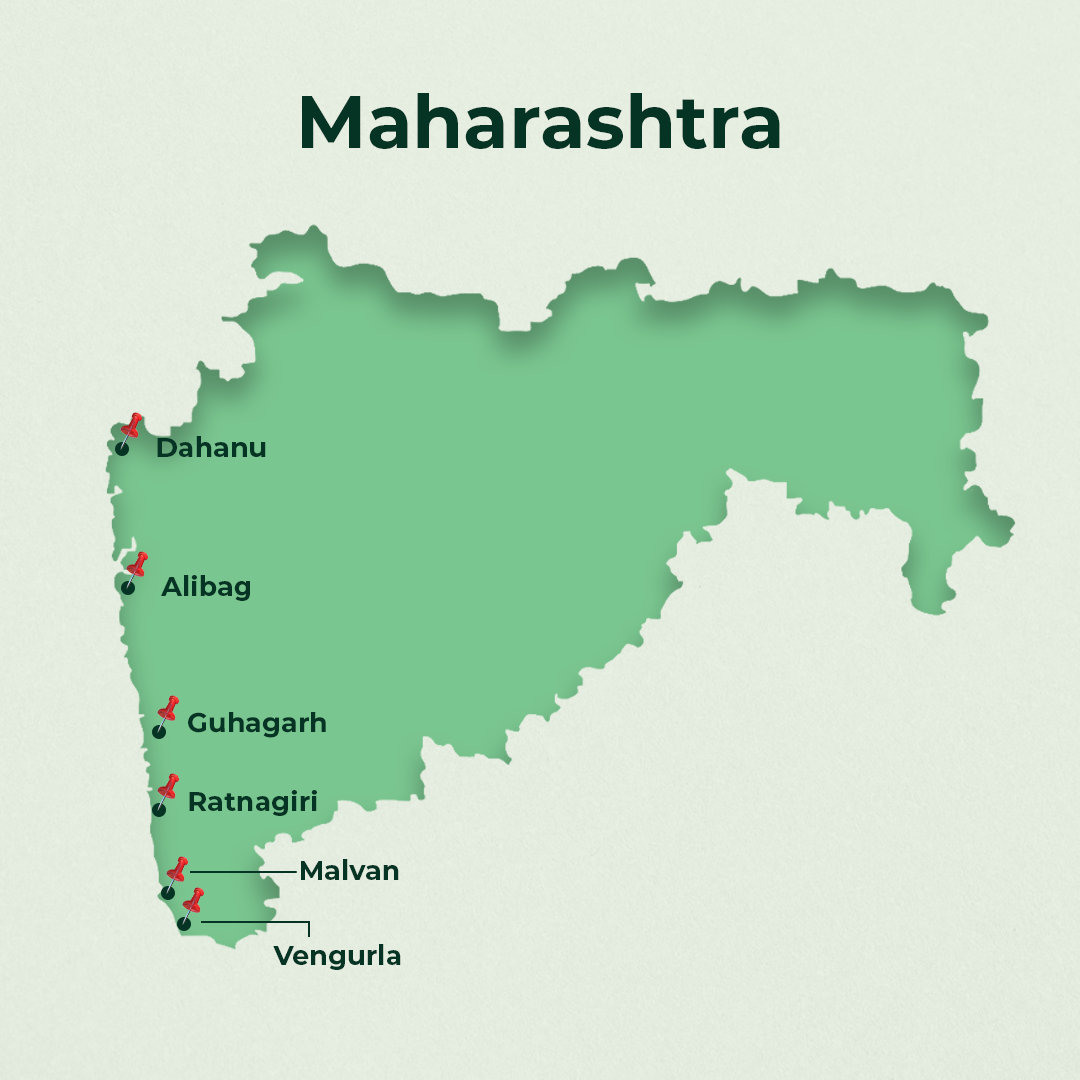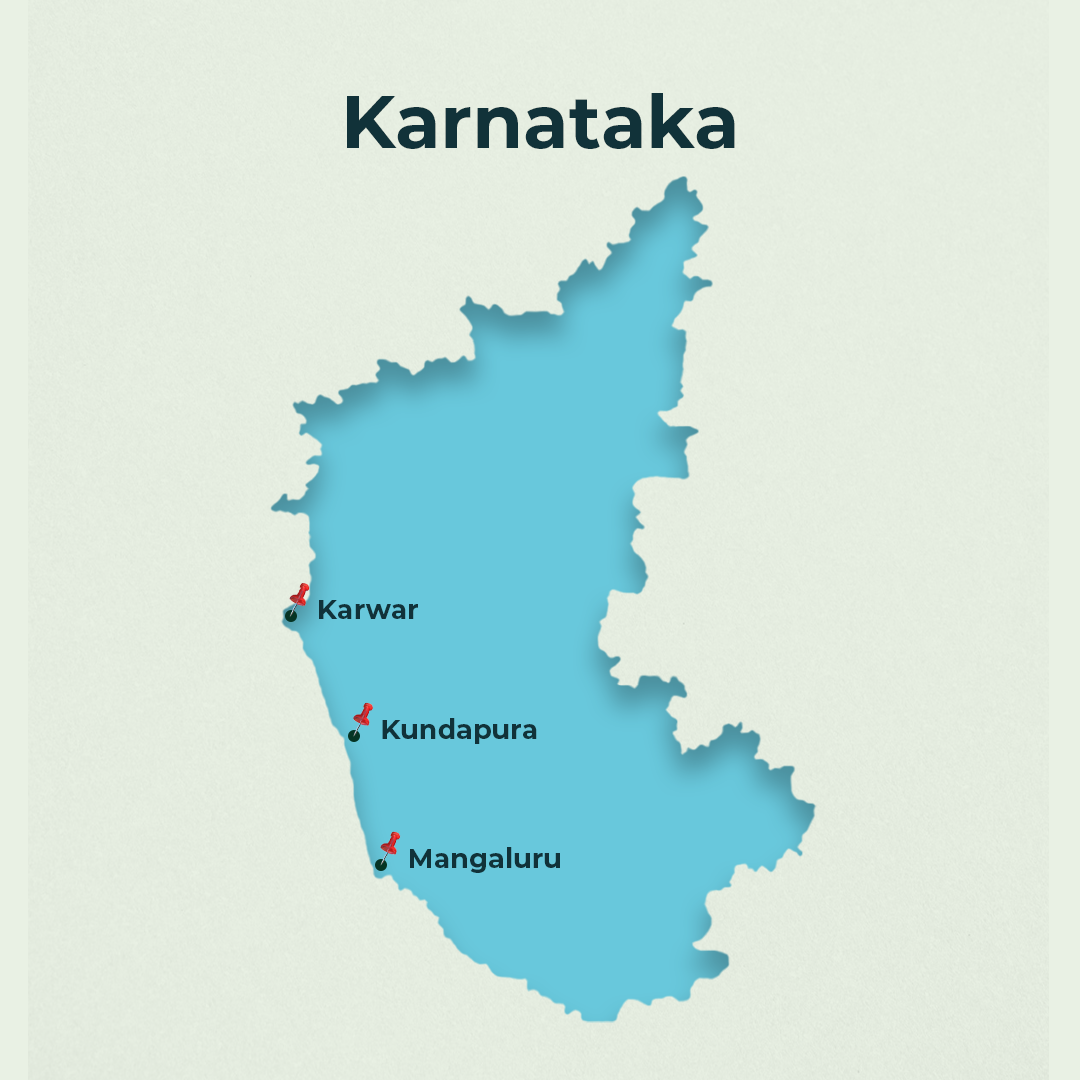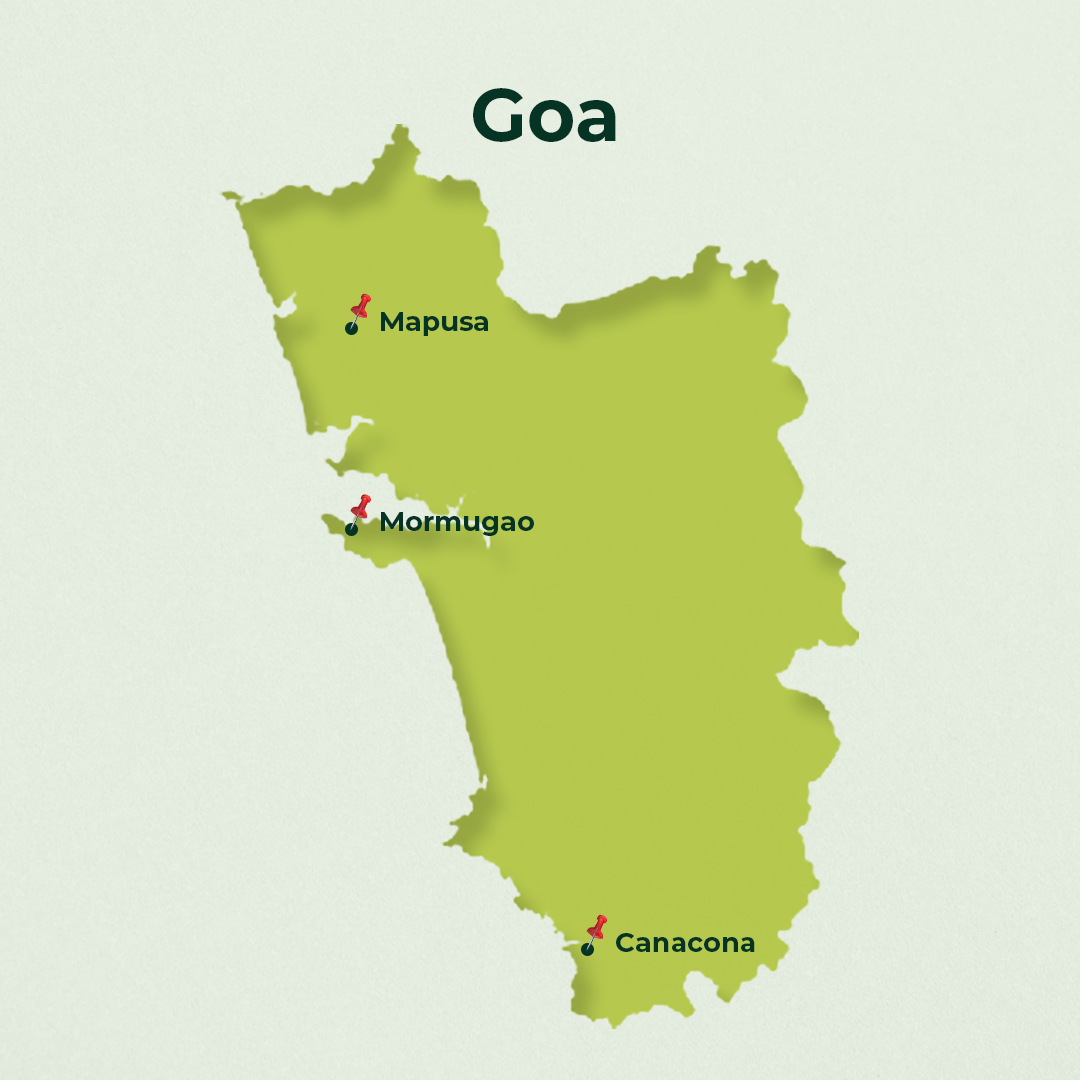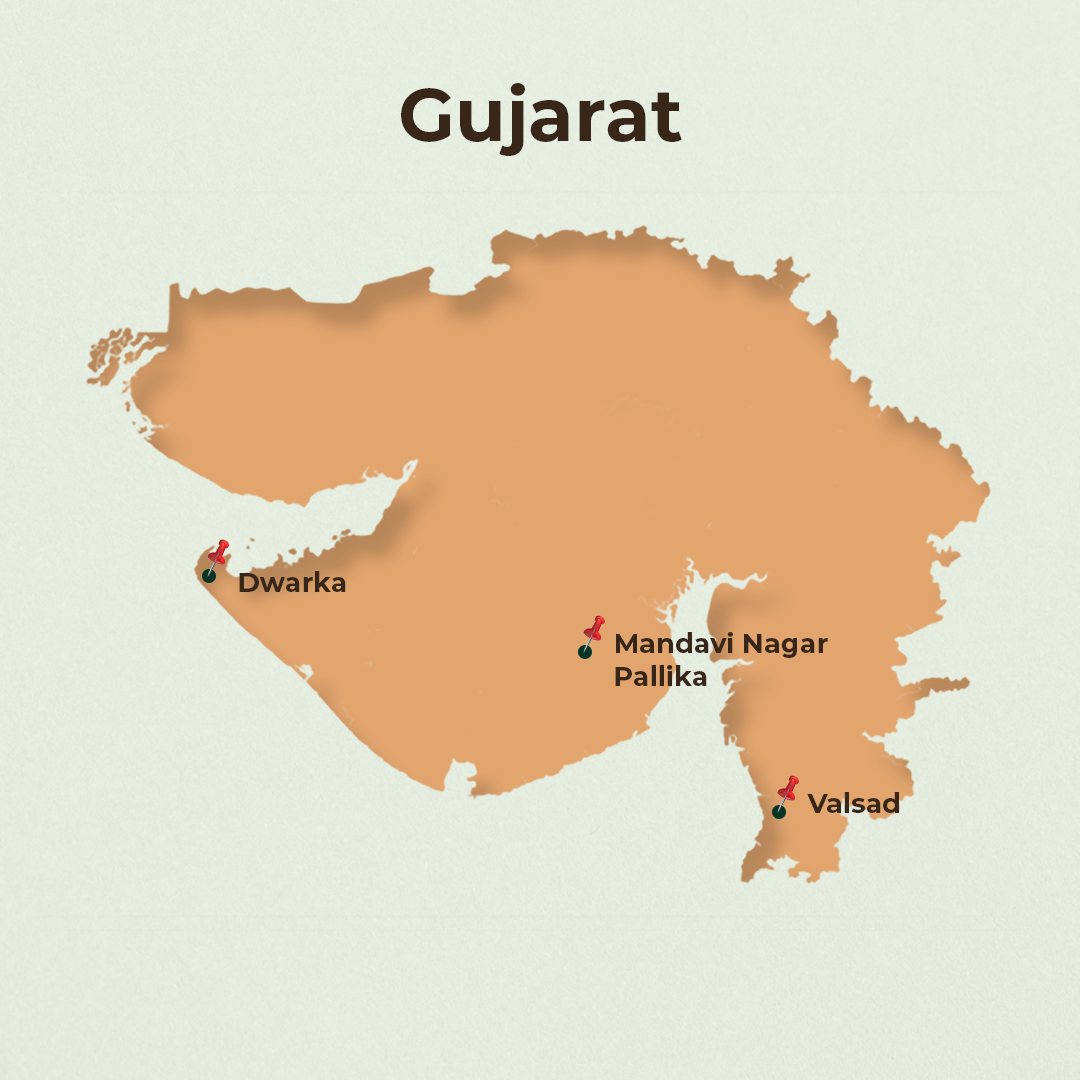CLIMATE RESILIENT CITIES
As Indian cities continue to grow in population, generating 70% of future energy demand, India’s policy response to the need for sustainable, resilient, and low-carbon cities is the Smart City Mission that promotes “cities that provide core infrastructure and give a decent quality of life to the citizens, a clean and sustainable environment while applying Smart Solutions” driven by innovative technology solutions. The aim is to create a High-Level Board to advise and review the work done in Climate Resilient Cities.
BACKGROUND
In 2022, urban population for India was 35.9 %. Over the last 50 years, urban population of India grew substantially from 20.7 to 35.9 %. As this shift continues the pressure on India’s urban architecture has increased significantly and has been further exacerbated by poor institutional capacity, weak governance frameworks and constant corporate lobbying.
Managing disaster risk and the impacts of climate change have long been an important focus of urban resilience globally. But recent examples show how economic crises, health epidemics, and uncontrolled urbanization can also affect the ability of a city to sustain growth and provide services for its citizens – underscoring the need for a new approach to resilient urban development.
Since independence, Indian cities on account of poor town planning have been particularly vulnerable to extreme weather events such as floods and droughts as well as health-related pandemics aggravated by poor living conditions in the slums.
With a greater concentration of people and assets in urban areas, Indian cities need to address an increasingly complex range of shocks and stress to safeguard development gains and accelerate poverty reduction.
As Indian cities continue to grow in population, generating 70% of future energy demand, India’s policy response to the need for sustainable, resilient and low carbon cities is the Smart city Mission that promotes “cities that provide core infrastructure and give a decent quality of life to the citizens, a clean and sustainable environment while applying Smart Solutions” driven by innovative technology solutions.
Among all India’s cities the ones most at risk are the coastal cities that are being affected significantly due to a consistently rising rate of global warming. Global warming leads to rising sea levels due to thermal expansion of ocean water, melting of glaciers and ice sheets and an increase in the severity of tropical cyclones, which brings greater winds, more precipitation and larger storm surges.
Climate change effects in India are a result of rapid urbanisation, high population density and accelerated economic activities. The coastline of the mainland is 7,516.6 km long, home to over 260 million people, or one third of India’s population living in low lying areas within 50 KM of the sea coast, constantly exposed to climate variabilities and extreme weather events. Nine major states lie on the coast- Gujarat, Maharashtra, Goa, Karnataka, Kerala, Tamil Nadu, Odisha, Andhra Pradesh and West Bengal. These regions are of enormous socio-economic significance to India since together they account for nearly 60 per cent of India’s FDI inflow and are hub to critical economic infrastructure of the country. As a result, the country is extremely vulnerable to climatic fluctuations and extreme weather events.
There is also a great diversity of ecosystems within India’s coastal regions that support more than 17,000 species of plants and animals. With the changing climate there is the need to build the resilience of communities living in the coastal areas.
FINANCING RESILIENCE
For many major cities in the world, strengthening urban resilience is a multibillion dollar agenda that requires strong partnerships and new sources of capital. Cities are sometimes held back from pursuing the necessary investments because they lack the technical expertise and/or the access to capital to finance them.
Historically, cities tackled their development challenges based on sectoral priorities. In light of recent climatic events this approach needs to integrate specially informed priorities which take into account the natural and built environment.
To achieve this there is a need to facilitate the flow of knowledge and financial resources necessary to help cities become more resilient to disruptions related to climate change, disasters caused by natural hazards, and other systemic shocks and stresses, including the socio-economic challenges associated with rapid urbanization.
Innovative financing mechanisms to support investment in resilient infrastructure are being developed working with the private sector and other development partners.
For coastal India the Indian government has upgraded its disaster response mechanisms, established a Disaster Management Authority, built cyclone and flood shelters, invested in early warning systems, created the Disaster Rapid Action force, conducted public awareness campaigns, created a disaster loss database under the Sendai Framework for Disaster Risk Reduction (SFDRR). All these measures have helped significantly decrease the casualty count from over 10,00 in 1999 to 16 in 2019 on account of cyclone Fani.
However the impact to infrastructure remains unchanged. For example in 2014 the impact of Hudud cyclone on east India was approx. 90,000 crs. The infrastructure destructions created by Cyclone Fani recently in Odisha, approximated 50,000 cr impacting homes, commercial buildings, hospitals, agricultural land and livestock. The time estimated to build back these assets is approximately 5 to 10 years.
How can India better prepare its cities to meet the climate challenge that its considerable coastline invites ?
Phase I




AIM OF THIS INITIATIVE
- Creation of a High Level Board to advise and review the work done in Climate Resilient Cities
- Primary objectives of the Initiative: include:
- Developing a country based approach to help Indian cities assess their strengths, vulnerabilities, and exposure to a multitude of natural and manmade threats in order to build their resilience;
- Catalyzing access to existing and innovative finance mechanisms, including risk-based instruments, to reduce exposure and vulnerability to shocks and increase cities’ adaptive capacity; and
-
Supporting capacity development of cities to achieve their goals by facilitating
- direct sharing of best practices and knowledge enhancement.
- Project development support to effectively mobilise local resources
- Establishing partnerships and processes for coordination between state and national needs to bridge gaps between national strategy and city level implementation
- Provide direction and support to programs and institutions for green infrastructure to access national and international finance
